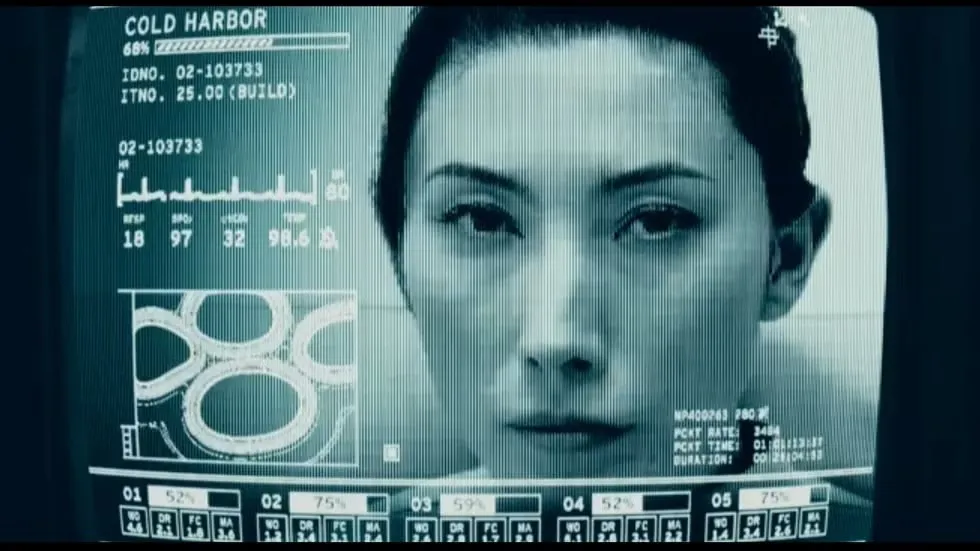5 Ways You Can Use Music & Film Scores to Make Your Film More Dynamic
Music in a film has incredible power and influence over the tone of a film, a sequence, or even a single scene.

Especially interesting to examine is the way music is specifically chosen, or an original film score is specifically written, to give an audience context, information, and an emotional response while watching a film. This video by Now You See It does just that by exploring five ways film scores effectively engage viewers by giving scenes emotional weight, a concept first described by composer Aaron Copland.
Create a more convincing atmosphere of time and place
This all boils down to style. Are you shooting a western? A film set in the 20s? A sci-fi adventure flick? Then, I'm sure you can imagine the kind of music that usually goes along with those types of films. Scores can help orient the audience within the time and place that they find themselves in watching the movie. An interesting technique, however, is to switch it up and go against convention, like Sofia Coppola did in Marie Antoinette. In this example, Coppola inserts Bow Wow Wow's 1982 single "I Want Candy" into a scene that takes place at the end of the 1700s.
Compare that to a scene from Shekhar Kapur's Elizabeth, which uses music in a more conventional way.
Underline something psychological
Whether it's something a character isn't saying or danger lurking just beyond the frame, music can alert the audience to something unseen. A great example is the opening scene from Jaws. When "Chrissy" and her male companion are stripping down and running toward the beach, there isn't a soundtrack playing. All is well -- or so we think. It isn't until we see a worm's eye view (fish's eye view?) of Chrissy swimming that we begin to hear some eerie music, which causes us to feel a little uneasy. Now we know something is wrong. We don't see anything that looks dangerous, but the music tells us that, yep, this girl is in trouble.
Build a sense of continuity
Music can be used to connect certain scenes together to form a sequence, but it can also be used as an indicator -- something that tells the audience to expect something that was shown in a previous scene that contained the same music. Friday the 13th is a good example. Every time you hear that "Chchch, hahaha", you know Jason Voorhees is somewhere lurking.
Give a sense of finality
Everything comes to an end, and if you're using music at the end of an important event in your film (or even at the actual end of your film), you'll want it to speak to the conclusion, to the closure (or lack of closure) this scene contains. Without a doubt, my favorite example of music being used to finalize a major event in a film comes from Lars von Trier's Melancholia, in which von Trier features the prelude to Richard Wagner's opera Tristan und Isolde.
Silence filler
Sometimes you just need to fill the silence with music so things don't get uncomfortable, because, let's face it, silence can get super uncomfortable when you're watching a film -- or when you're doing just about anything. To do this successfully, though, you have to make sure the music is unnoticeable.
Source: Now You See It


















